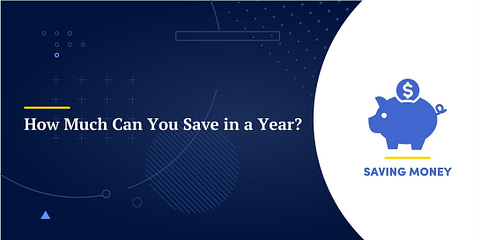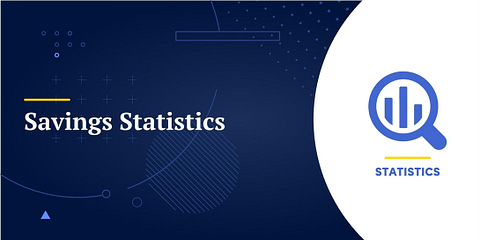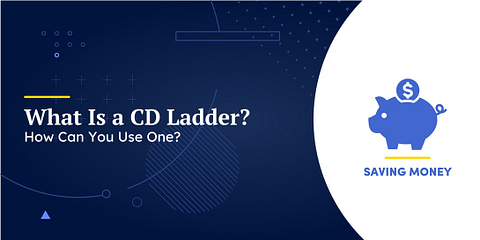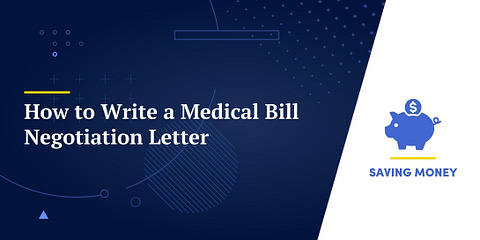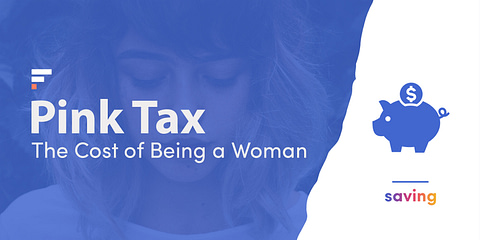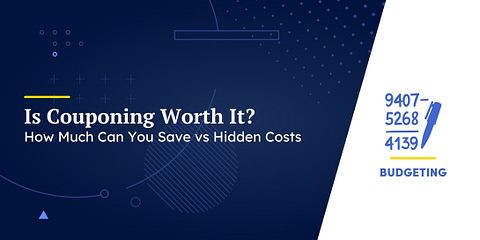Couponing is a way to save money on everyday purchases, and many consumers use it as a strategy for budgeting and managing their finances.
How many people use coupons, and how effective are they? Here’s a look at the latest couponing statistics, facts and trends.
Jump to:
- Key Findings
- How Many People Use Coupons?
- Average Coupon Redemption Rate
- What Types of Coupons Do People Use?
- What Do People Use Coupons For?
- How Much Do People Save With Coupons on Average?
- Who Is Most Likely to Use Coupons?
- How Do Coupons Influence Shopping Behavior?
- How Many People Use Coupon-Finding Browser Extensions?
Key Findings
- 90% of Americans have used coupons in some way at least once.
- $176.73 billion worth of coupons were distributed in 2021.
- Only 0.55% of distributed coupons get redeemed.
- Most people look for coupons for household items, restaurants and groceries.
- Millennials use coupons more than any other age group.
- Shoppers who used coupons end up spending 35% more than those who don’t.
How Many People Use Coupons?
90% of Americans have used coupons in some way at least once[1].
Around 145 million American adults used coupons in 2021[2].
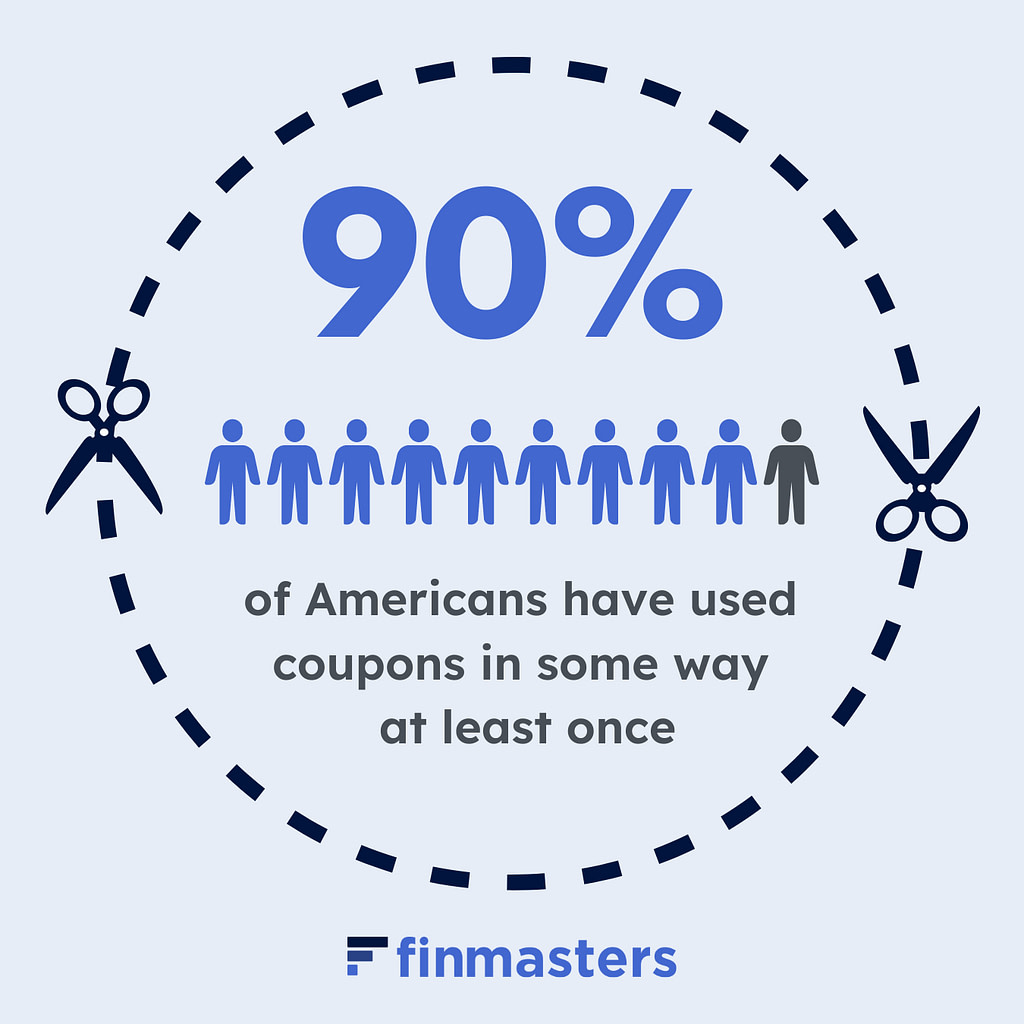
Is Coupon Use Growing or Slowing?
Coupon use has hovered around 90% in the US since 2017. According to a series of surveys, 90% of respondents in 2017 said they used coupons[3]. This share of respondents grew to 94% in 2018, remained level the following year, then dropped to 88% in 2020.

Average Coupon Redemption Rate
According to the latest data available, only 0.55% of distributed coupons get redeemed.
In 2021, $176.73 billion worth of coupons were distributed, while only around $970 million worth of coupons were redeemed[5].
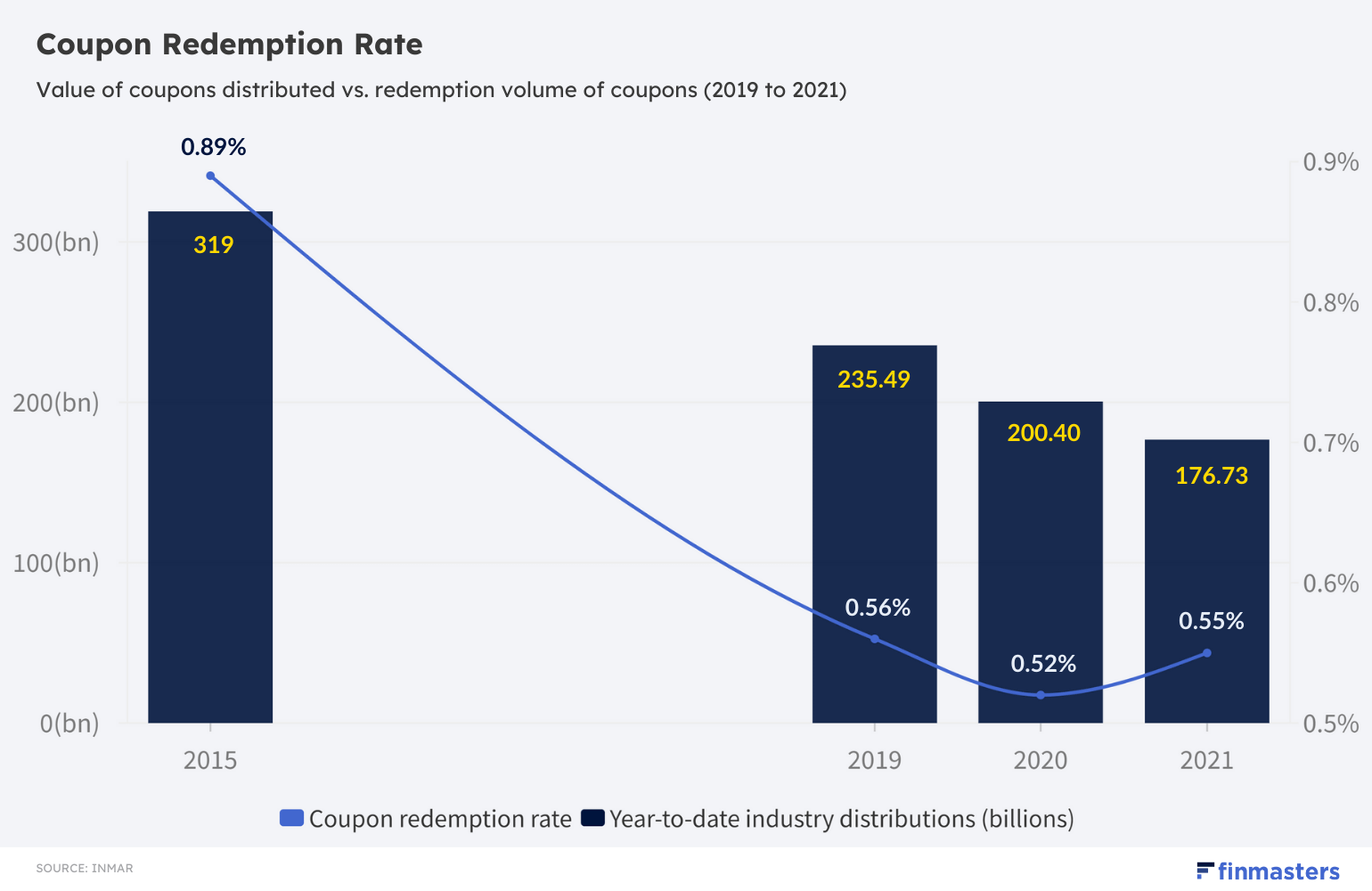
Coupon distribution vs redemption
| Year | Year-to-date industry distributions (billions) | Year-to-date redemption volume (billions) | Coupon redemption rate |
|---|---|---|---|
| 2015 | 319 | 2.84 | 0.89% |
| 2019 | 235.49 | 1.32 | 0.56% |
| 2020 | 200.40 | 1.04 | 0.52% |
| 2021 | 176.73 | 0.97 | 0.55% |
The volume of coupon distribution is trending downwards. Data shows that there was $200.4 billion worth of coupon distributions in 2020 and $235.49 billion in 2019, against 2021’s $176.73 billion.
Coupon redemption rates are also trending downward. The year-on-year percentage change in redemption volume dropped 21% from 2019 to 2020. Another drop (-7%) was recorded from 2020 to 2021.
The downward trend has been going on for more than five years. Data shows $319 billion worth of coupons distributed in 2015, which declined to $176.73 billion in 2021, a 45% drop. The redemption volume equally depicts a strong declining trend. US consumers redeemed coupons worth $2.84 billion in 2015 against $0.97 billion in 2021.
What Types of Coupons Do People Use?
FSI and digital coupons are the two most distributed and redeemed coupon types. FSI coupons are the most distributed by volume[5].
FSI coupons accounted for 89.4% of the coupons distributed in 2021.
Digital coupons claimed the second spot, with a 5.2% share of the volume distributed.
Types of coupons
There are many types of coupons, depending on how you may want to categorize them. The most popular categorization of coupons is by distribution channel. In this regard, there are four primary coupon types: free-standing insert (FSI), digital, Catalina, and instant redeemable coupons (IRC).
- FSI coupons are distributed via paper-based channels, i.e., newspapers, while digital coupons are distributed via digital channels, i.e., in-app, social media platforms, email, retailer websites, etc. The most common digital coupon formats are Load-to-Card (L2C) and Print-at-Home (PAH).
- Catalina coupons are often dispensed at the point of sale, such as when a customer is checking out of a grocery store, and are redeemable for discounts on future purchases. They are generated by a computer system linked to the store’s point-of-sale registers and based on a customer’s purchase history and other demographic information. These are also called electronic checkout (EC) coupons.
- Instant redeemable coupons (IRC) can be redeemed immediately at the point of sale. They are small, pre-printed coupons attached directly to a product’s packaging and designed to be removed and redeemed for discounts or other incentives. Other coupon types include in-pack cross (IPC), direct mail (DM), etc.
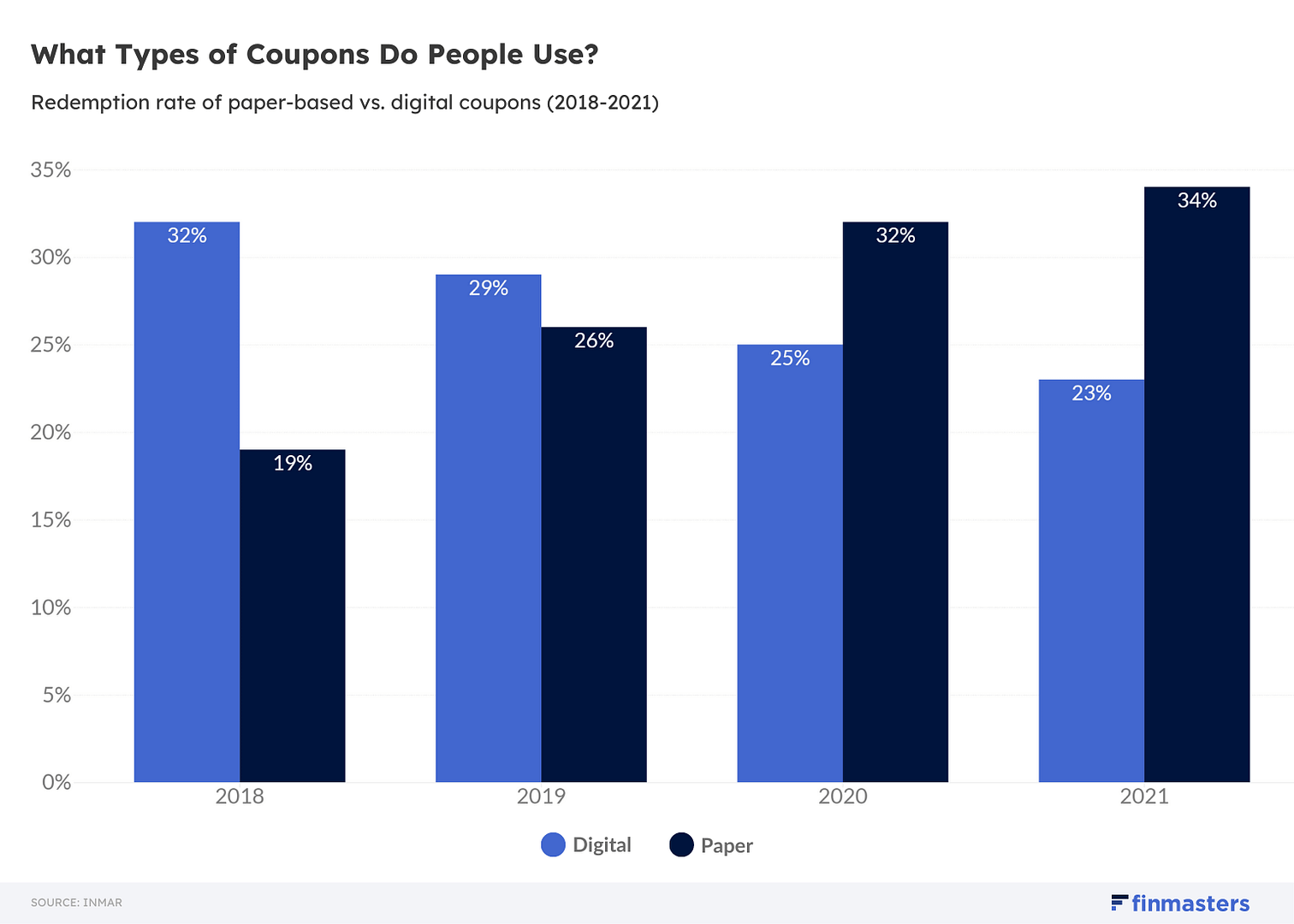
More consumers redeemed digital coupons than FSI and other coupon types in 2021. Consumers redeemed $337.8 million of digital coupon value compared to $230.2 million of FSI coupons. Inmar data shows that the trend of FSI coupon redemption has been declining since Q2 2018 (by share of industry redemption volume). The percentage of redemption volume for digital coupons has been on the rise, except for a sharp drop in Q4 2021.
In addition, digital coupons lead the industry in terms of redemption volume. Data shows that digital L2C accounted for about 30% of coupons redeemed in 2020 against 28% for 28% for FSI redemptions. This marks 2020 as a year in history because it was when, for the first time, digital coupons surpassed the redemption volume of FSIs, historically the most used coupon type.
What Do People Use Coupons For?
As of May 2020, household items were the most searched-for coupon category in the US.[4].
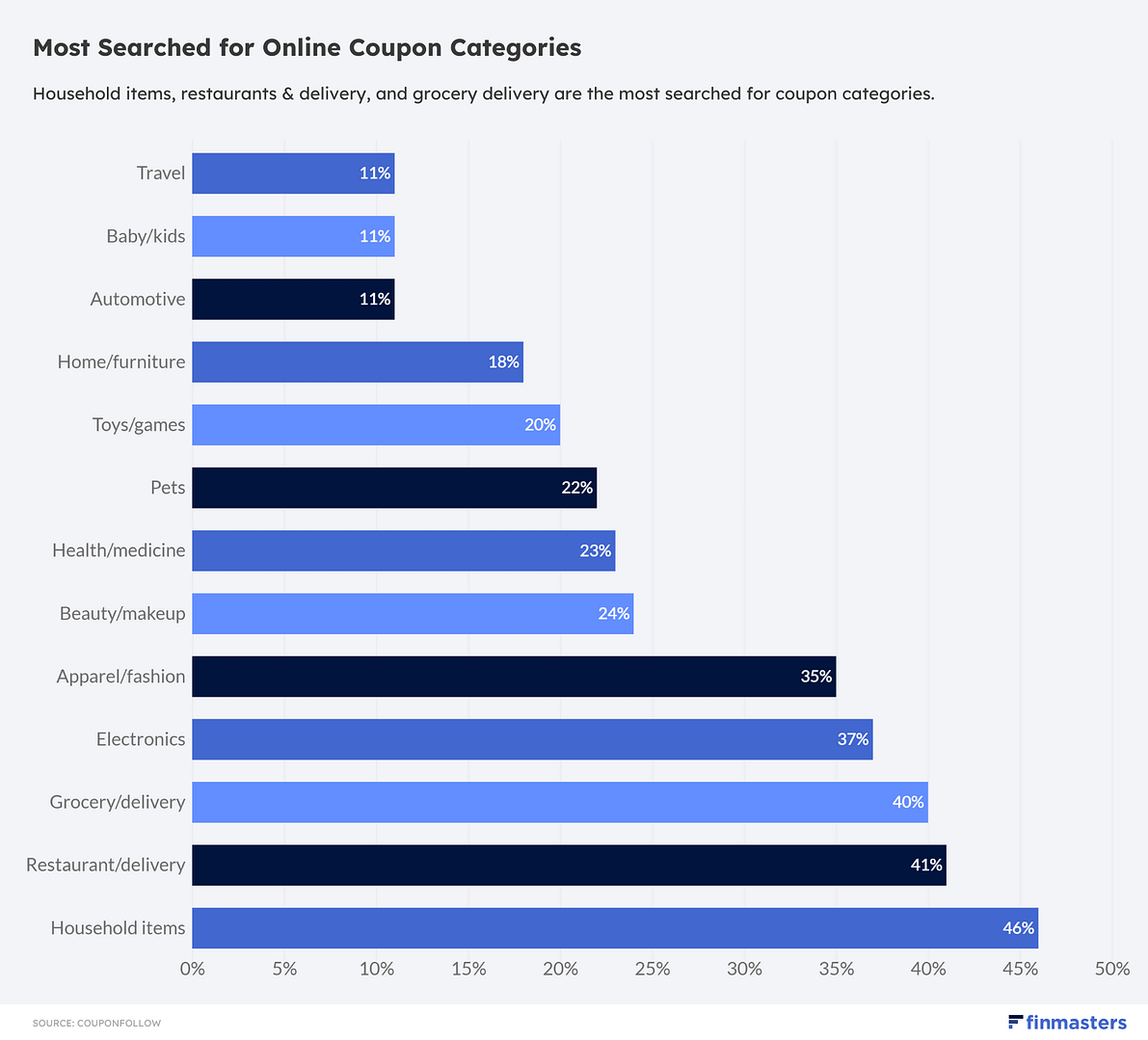
How Much Do People Save With Coupons on Average?
American households could save as much as $1,465 annually on average by utilizing online and mobile coupons[6]. The saved amount represents a 6.4% saving from the average total household spending of $23,016.
- A study established that Americans could save $316 on groceries and food at home by using online coupons.
- Consumers could also save $272 on household items, with furniture and home improvement sites offering substantial discounts and coupon incentives.
- The largest savings as a percentage of spending can be found in personal care and beauty items at 8.6%.
- Travel has a lower savings rate of 2.2%.
Overall, the savings offered by coupon codes can vary greatly between spending categories, the probability of finding a coupon, and the average discount.
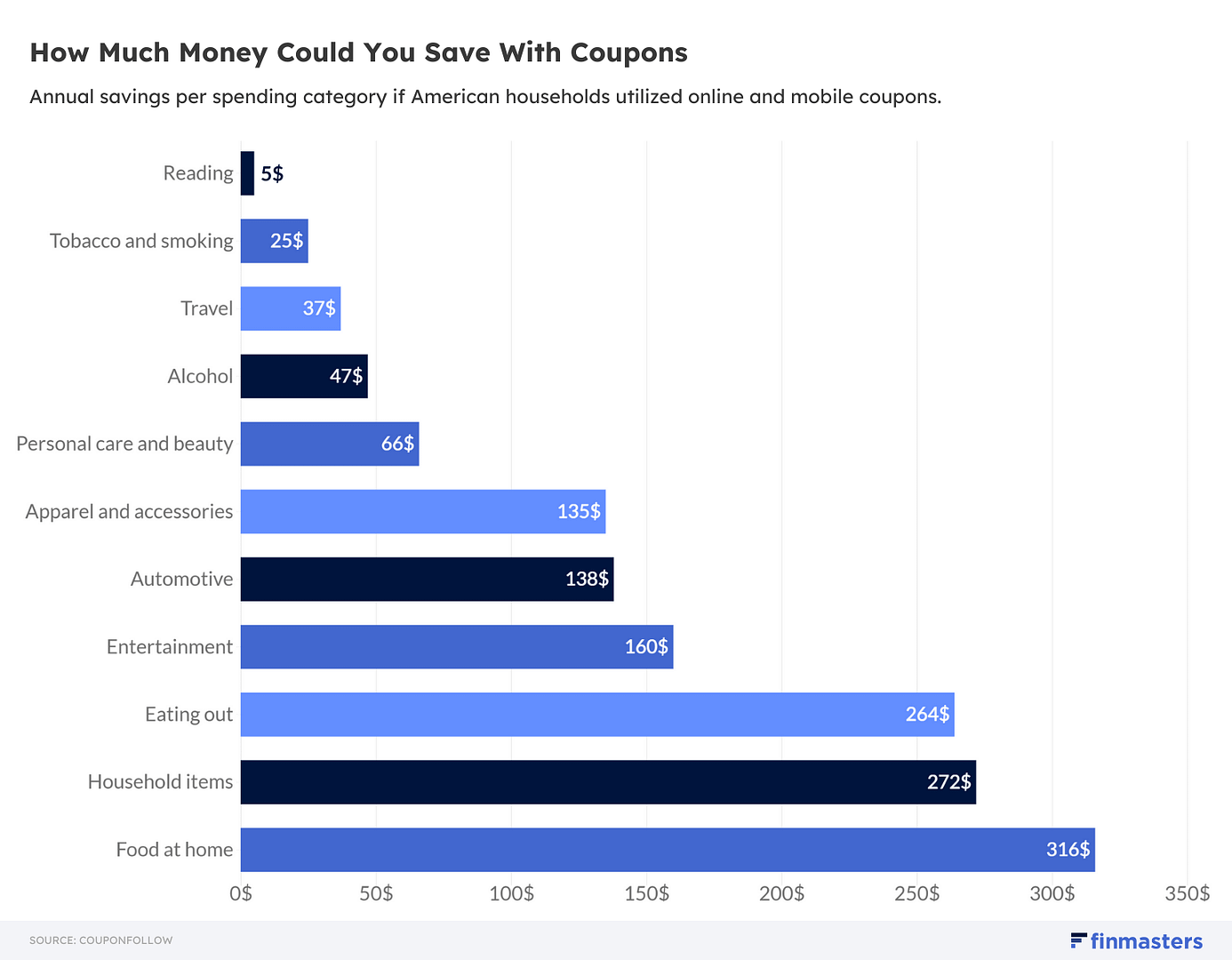
Who Is Most Likely to Use Coupons?
By Gender
Women are more likely to use coupons than men[7].
- A total of 14% of female respondents said they always used coupons when shopping online.
- 8% of male respondents said they always used coupons when shopping online.
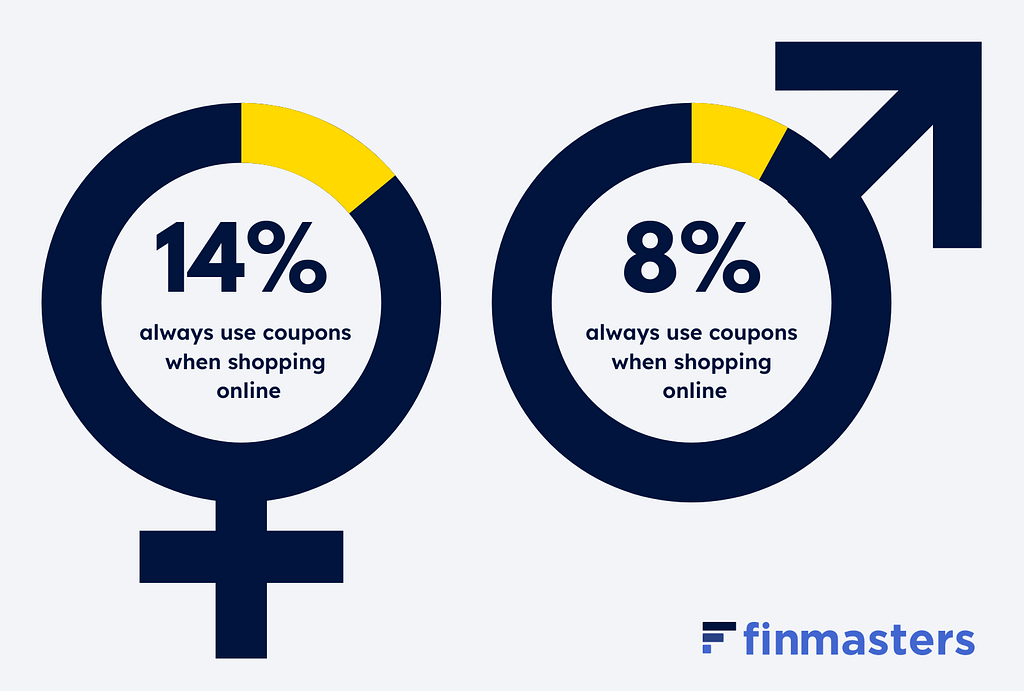
By Age
Millennials use coupons more than any other age group. According to research, a total of 82% of millennial respondents said they used digital coupons, and 72% used paper coupons[5].
In addition, a total of 74% of respondents aged between 18 and 24 (Generation Z) said they used digital coupons compared to 60% for paper coupons.
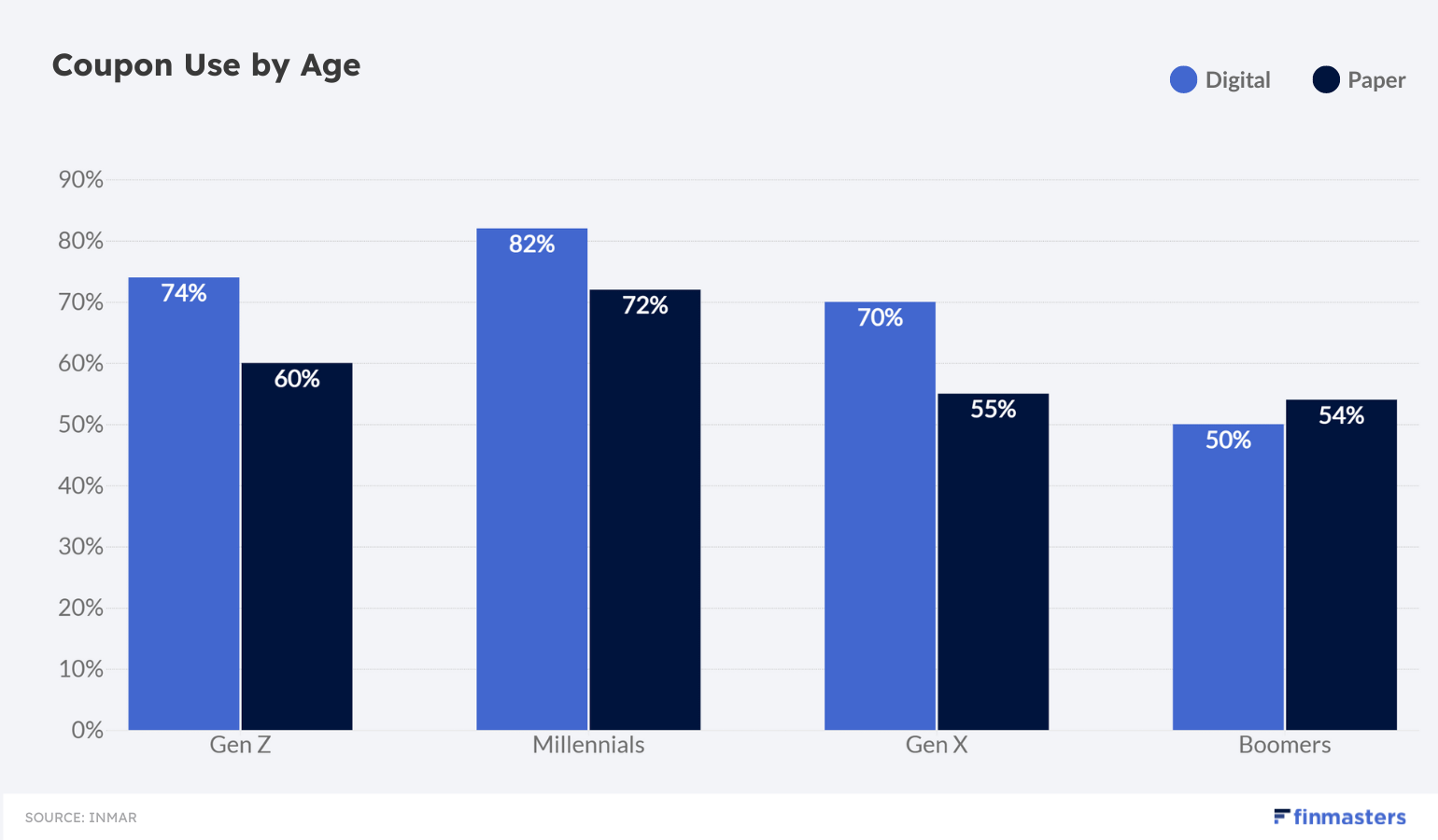
How Do Coupons Influence Shopping Behavior?
Shoppers who used coupons when making purchases ended up spending 35% more than those who did not apply them[5]. In addition, one out of four shoppers purchased sooner than they anticipated. 29% bought a particular brand they would otherwise not buy because they were offered coupons.
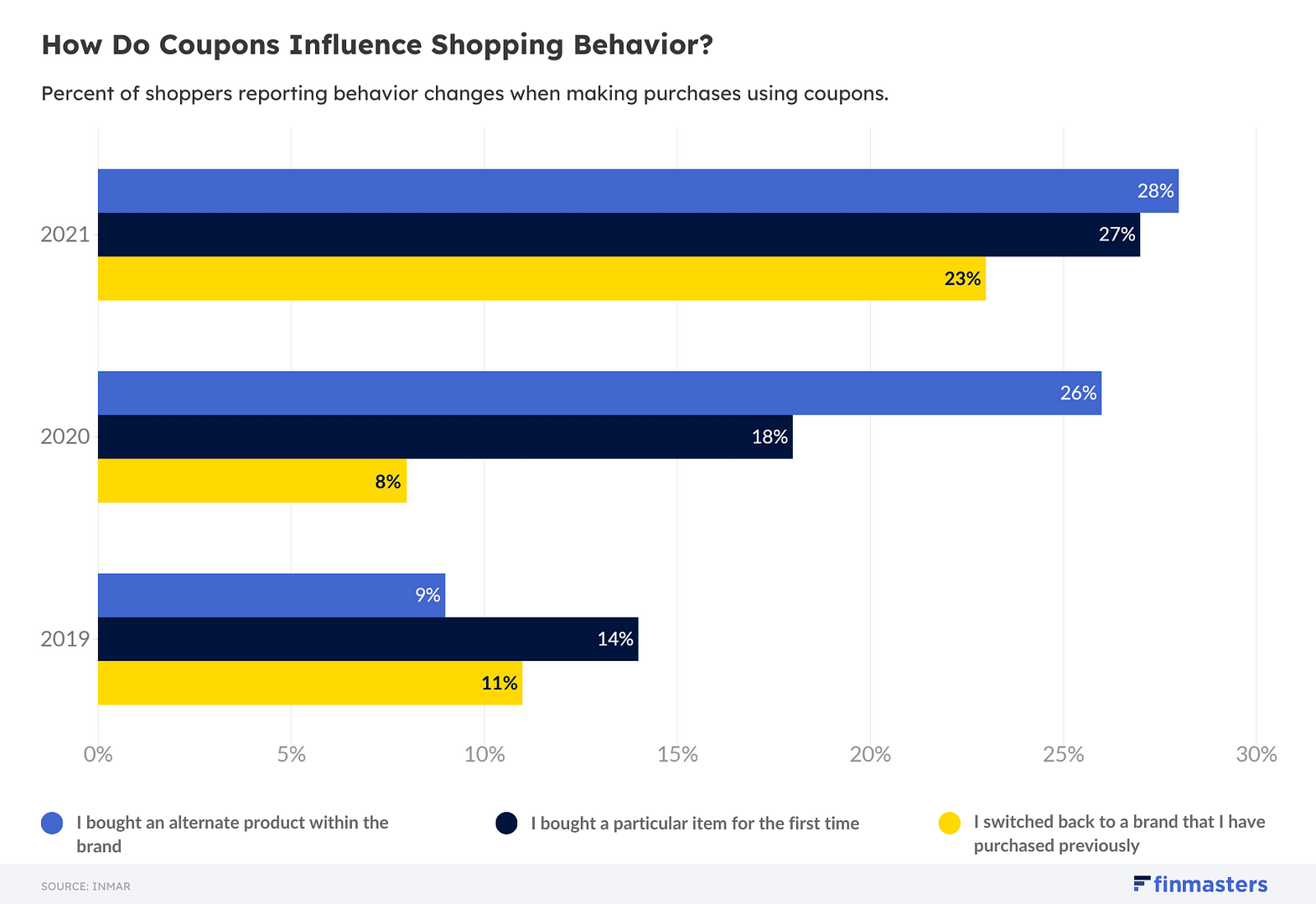
🤔 Are the discounts worth the time you put into finding and saving the coupons and all the extra money you spend? Read our article on the benefits and drawbacks of couponing to find out.
How Many People Use Coupon-Finding Browser Extensions?
17% of online shoppers have a browser extension dedicated to automatically finding and applying coupon codes to their orders[9].
Concluding Remarks
Couponing offers a practical way to cut spending on everyday essentials. Users should bear in mind, though, that stores offer coupons to encourage you to buy items you might otherwise not need or to get you into a store hoping that you’ll spend money on other items.
If you’re using coupons, be aware of these strategies and be sure that you are using coupons to serve your needs, not the store’s!





